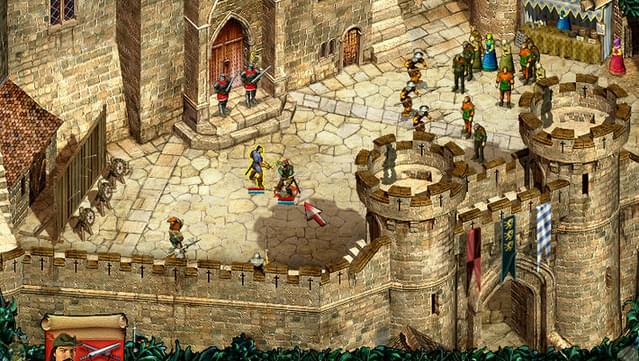
Robert de Caux, Matilda’s father, had charge of the forest in 11-7, and Ralf fitz Stephen, Matilda’s husband, had charge of it from 1175-6 to 1202, when he died. Its terms imply that it confirmed already established rights. This charter is the earliest surviving evidence of the hereditary forestership of Sherwood. The terminal dates of this charter are 20th July 1189 when John adopted the style of Count of Mortain and 10th February 1194 when he was deprived of all his English lands. Latronis is the Latin word for robber or thief this is one of the earliest mentions of robbers or thieves in relation to Sherwood Forest.ģ.



The part of the King’s Great Way which linked Nottingham to Papplewick was known as Walton Gate.Ģ. The King’s Great Way passed near Robin Hood’s Stables, which is to the north of Papplewick, and through Thieves Wood, on the western side of the A60 between Mansfield and Ravenshead. From Papplewick, the road continued through Blidworth and then to Mansfield, as can be seen in the map by John Ogilby, surveyor to Charles II. The exact route in medieval times is uncertain, however the king’s road ran from Bridgford through Nottingham past the Gallows to Bestwood Park. The King’s Great Way was a medieval highway that ran from London through Nottingham and Mansfield to York.
Robin hood legend of sherwood sherwood forest free#
The same charter sanctioned the holding of a park at Lexington (Laxton) by Ralph and Maud, wherin they might hunt deer as they pleased without molestation, and also granted them seventy acres of assart or inclosure at Lexington and Gedling free of view of the forest ministers.(3) The earl, by charter, granted to Ralph FitzStephen and Maud de Caux his wife, all liberties and custody of the forest of Sherwood, including permission to hunt hare, fox, cat, and squirrel with dogs and hounds all windfallen wood the valuable inner bark or bast of the lime trees a skep out of every cartload of salt passing through the forest, and half a skep from a half load and after pannage ( retro-pannagium) for pigs all pleas of unlawed dogs together with all goods and chattels belonging to thieves or ‘latronis'(2) taken by them within the forest. Sherwood was held by John, earl of Morton, during the lifetime of his brother Richard I. On the forfeiture of the Peverel estates, early in the reign of Henry II, the forest lapsed to the king, and was for some time administered by the successive sheriffs of the joint counties of Nottingham and Derby.

He controlled it and held the profits under the crown. Royal hunting grounds ( silva regis) as distinct from the king’s lands or royal demesnes ( terra regis) probably existed long before the Conquest.(1) The Domesday Survey rarely makes any reference to a forest, but the Nottinghamshire portion of the Great Survey shows that a considerable number of the places within the woodland district were terra regis (‘Land of the King’) so the conversion of royal land into a large forest by William the Conqueror or his immediate successor, was a relatively easy matter. This well-wooded portion of Nottinghamshire became a great hunting district or forest for the early Norman kings. The forest came to notice in 1154, when William Peverel the younger answered to the forest pleas. There were farms, enclosures, and towns such as Nottingham, Mansfield, and Ollerton within the bounds of Sherwood, and so was Annesley Castle. Originally the term forest did not imply a wood, but rather a great waste (uninhabited or uncultivated land) or ‘chase’ reserved for hunting, including certain woods and underwoods as cover for the deer and other game. The central and western parts of Nottinghamshire were thickly wooded, however the place-name relating to an area as in ‘field’ which was spelt ‘feld’ in old English, meaning a place where trees have been felled, or as we now say a clearing, is to be found in the western half of the shire, as in Ashfield, Balkfield, Basingfield, Eastfield, Farnsfield, Haggonsfield, and Highfield. Although it contained various tracts of open country, it was far more thickly wooded than many of the old forests, a notable contrast to the forest of the High Peak in the adjoining county of Derby, where the proportion of woodland was quite small. It was not the largest forest in medieval England, and it owes much of its fame to the Robin Hood legend. Contrary to popular belief, Sherwood was not a continous forest.


 0 kommentar(er)
0 kommentar(er)
